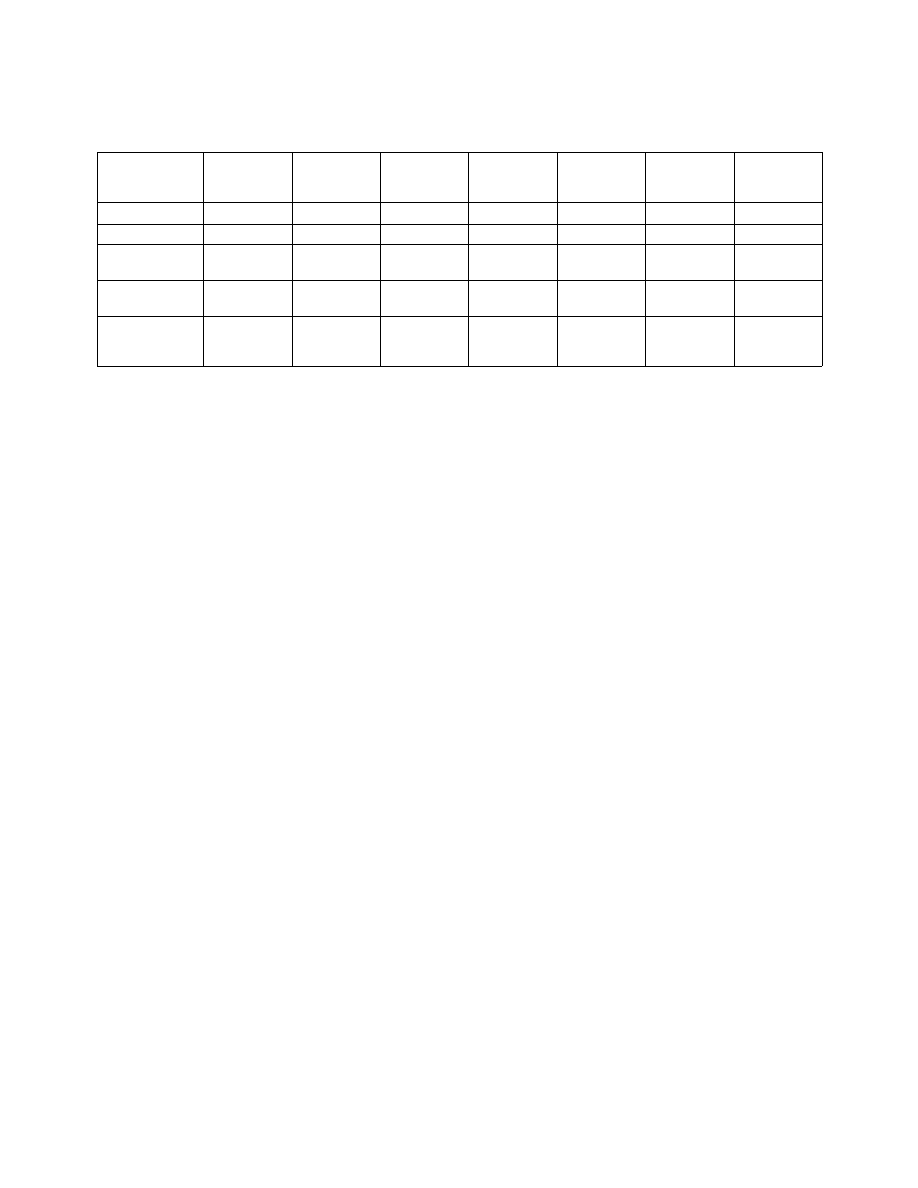
AIM
3/21/24
Reliance on determining the identification of an omnirange should never be placed on listening to voice
transmissions by the Flight Service Station (FSS) (or approach control facility) involved. Many FSSs remotely
operate several omniranges with different names. In some cases, none of the VORs have the name of the “parent”
FSS. During periods of maintenance, the facility may radiate a T
−
E
−
S
−
T code (
-
-
) or the code may
be removed. Some VOR equipment decodes the identifier and displays it to the pilot for verification to charts,
while other equipment simply displays the expected identifier from a database to aid in verification to the audio
tones. You should be familiar with your equipment and use it appropriately. If your equipment automatically
decodes the identifier, it is not necessary to listen to the audio identification.
d.
Voice identification has been added to numerous VORs. The transmission consists of a voice
announcement, “AIRVILLE VOR” alternating with the usual Morse Code identification.
e.
The effectiveness of the VOR depends upon proper use and adjustment of both ground and airborne
equipment.
1. Accuracy.
The accuracy of course alignment of the VOR is excellent, being generally plus or minus 1
degree.
2. Roughness.
On some VORs, minor course roughness may be observed, evidenced by course needle or
brief flag alarm activity (some receivers are more susceptible to these irregularities than others). At a few stations,
usually in mountainous terrain, the pilot may occasionally observe a brief course needle oscillation, similar to
the indication of “approaching station.” Pilots flying over unfamiliar routes are cautioned to be on the alert for
these vagaries, and in particular, to use the “to/from” indicator to determine positive station passage.
(a)
Certain propeller revolutions per minute (RPM) settings or helicopter rotor speeds can cause the VOR
Course Deviation Indicator to fluctuate as much as plus or minus six degrees. Slight changes to the RPM setting
will normally smooth out this roughness. Pilots are urged to check for this modulation phenomenon prior to
reporting a VOR station or aircraft equipment for unsatisfactory operation.
f. The VOR Minimum Operational Network (MON).
As flight procedures and route structure based on
VORs are gradually being replaced with Performance
−
Based Navigation (PBN) procedures, the FAA is
removing selected VORs from service. PBN procedures are primarily enabled by GPS and its augmentation
systems, collectively referred to as Global Navigation Satellite System (GNSS). Aircraft that carry DME/DME
equipment can also use RNAV which provides a backup to continue flying PBN during a GNSS disruption. For
those aircraft that do not carry DME/DME, the FAA is retaining a limited network of VORs, called the VOR
MON, to provide a basic conventional navigation service for operators to use if GNSS becomes unavailable.
During a GNSS disruption, the MON will enable aircraft to navigate through the affected area or to a safe landing
at a MON airport without reliance on GNSS. Navigation using the MON will not be as efficient as the new PBN
route structure, but use of the MON will provide nearly continuous VOR signal coverage at 5,000 feet AGL
across the NAS, outside of the Western U.S. Mountainous Area (WUSMA).
NOTE
−
There is no plan to change the NAVAID and route structure in the WUSMA.
The VOR MON has been retained principally for IFR aircraft that are not equipped with DME/DME avionics.
However, VFR aircraft may use the MON as desired. Aircraft equipped with DME/DME navigation systems
would, in most cases, use DME/DME to continue flight using RNAV to their destination. However, these aircraft
may, of course, use the MON.
1. Distance to a MON airport.
The VOR MON will ensure that regardless of an aircraft’s position in the
contiguous United States (CONUS), a MON airport (equipped with legacy ILS or VOR approaches) will be
within 100 nautical miles. These airports are referred to as “MON airports” and will have an ILS approach or
a VOR approach if an ILS is not available. VORs to support these approaches will be retained in the VOR MON.
MON airports are charted on low
−
altitude en route charts and are contained in the Chart Supplement U.S. and
other appropriate publications.
NOTE
−
Any suitable airport can be used to land in the event of a VOR outage. For example, an airport with a DME
−
required ILS
1
−
1
−
2
Navigation Aids